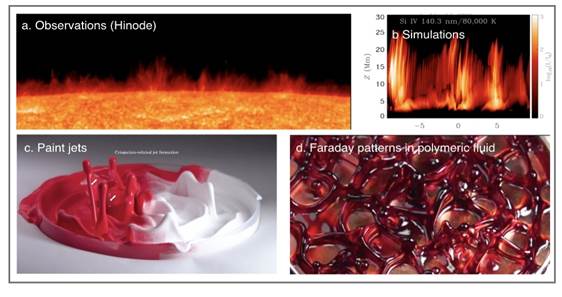In 2020, Jharkhand received a Geographical Indication tag for its Sohrai art for the murals painted by women in Hazaribagh district who do not belong to the Santhal tribe.
But, these are quite different from the murals created by the Santhal tribe.
|
Source for Hazaribagh Murals |
Colour |
|
Rivers flowing through these hills thus carry Manganese-rich black clay |
Black |
|
Creamy white clay or Kaolin obtained from places where the rivers spread out |
White |
|
Haematite or iron ore deposits in the rock shelter or prehistoric caves of the valley |
Red |
Morrum is thought to be termite resistant and does not fade easily with rain.
Reference
The Chandra's Atmospheric Composition Explorer-2 (CHACE-2) of the Chandrayaan-2 makes the first-of-its-kind observations of distribution of Argon-40 in Moon’s Exosphere.
‘Exosphere’ is the outermost region of the upper atmosphere of a celestial body where the constituent atoms and molecules rarely collide with each other and can escape into space.
The observations made by CHACE-2 provide insight on the dynamics of the lunar exospheric species, as well as on the radiogenic activities in the first few tens of metres below the lunar surface.
Reference
Reference
Indian Institute of Astrophysics (IIA) has revealed the science behind the jets of plasma (solar jets) on the Sun’s chromosphere.
Plasma is the fourth state of matter consisting of electrically charged particles that occur just about everywhere in the sun’s chromosphere.
Chromosphere is the atmospheric layer just above the Sun's visible surface.

Reference
The Ministry of Home Affairs has approved continuation of Swatantrata Sainik Samman Yojanya (SSSY) for Financial Years 2021-22 to 2025-26.
Reference